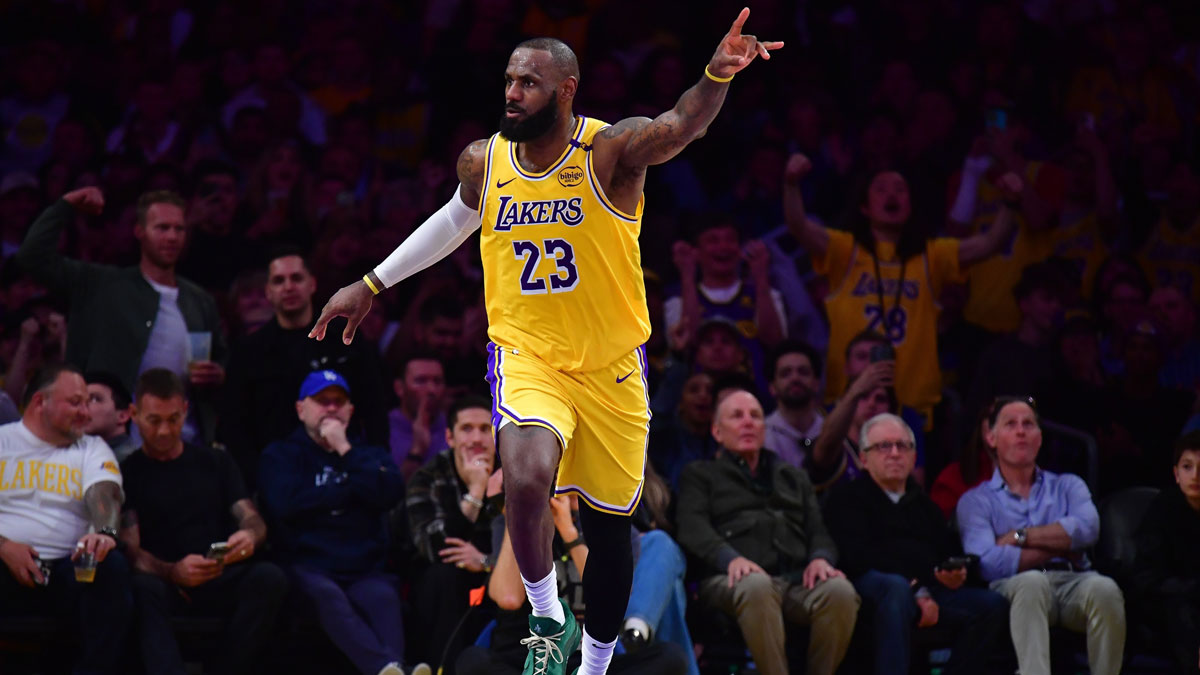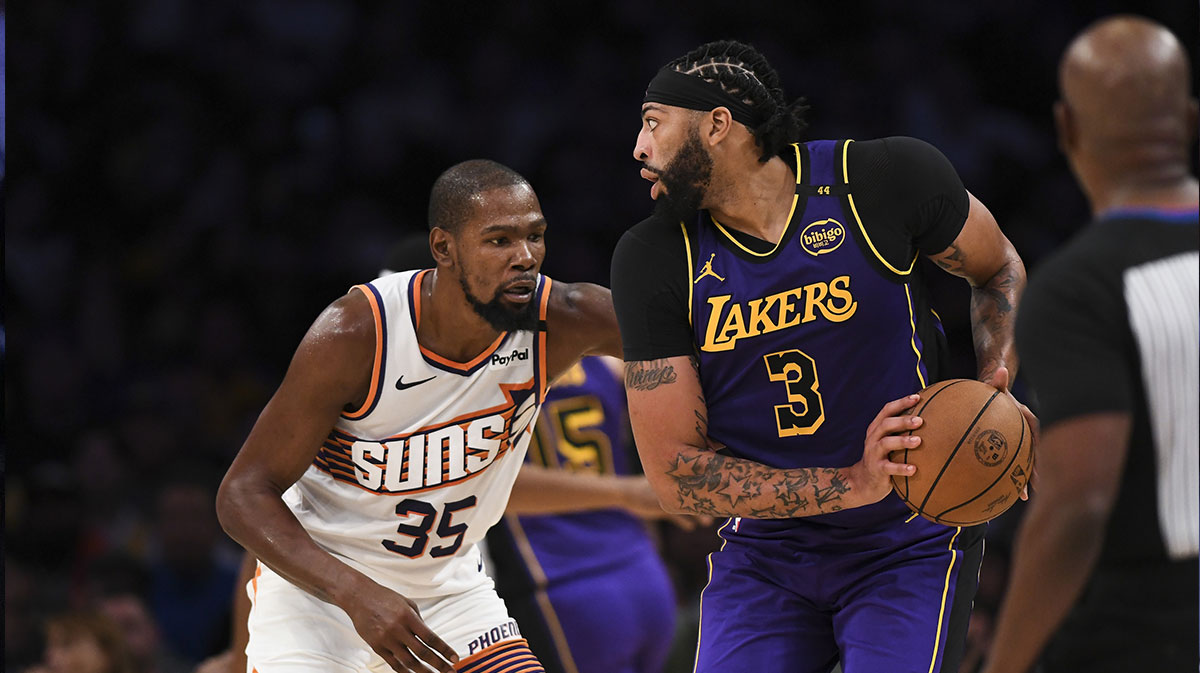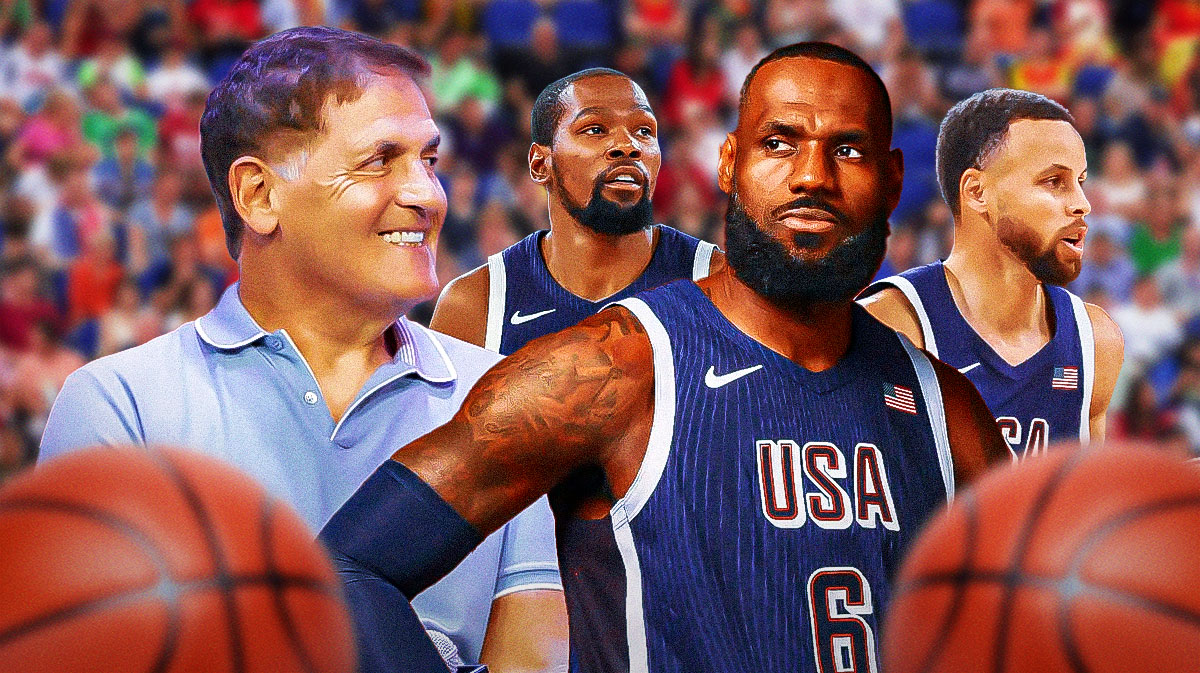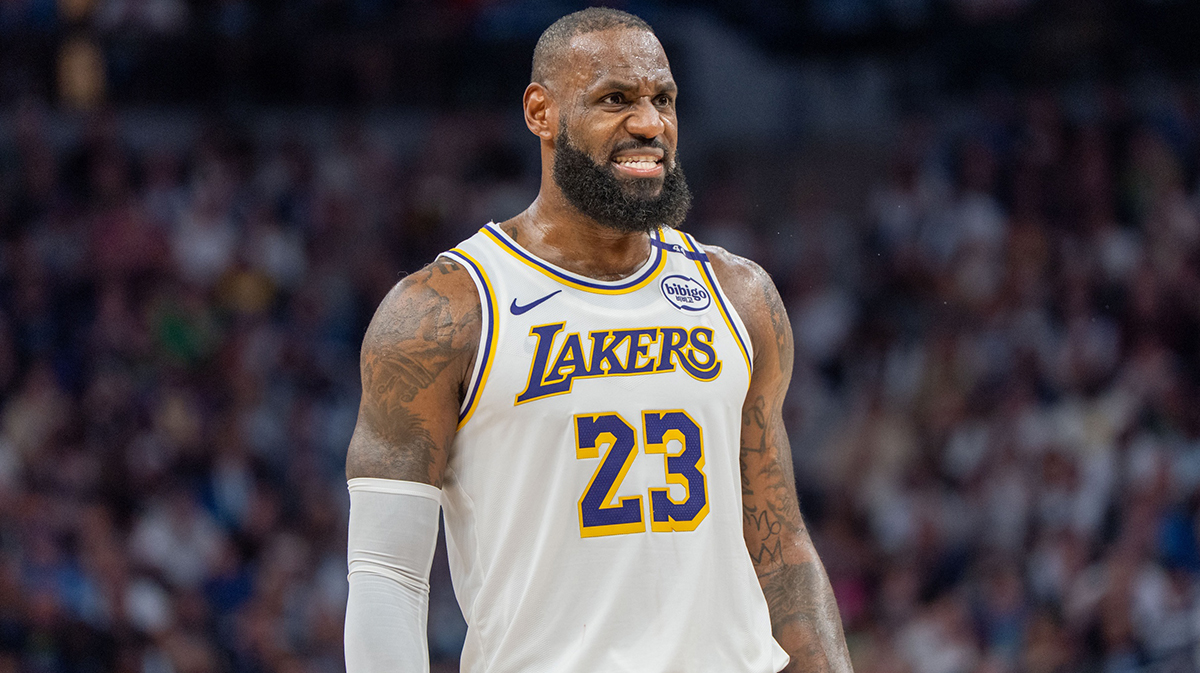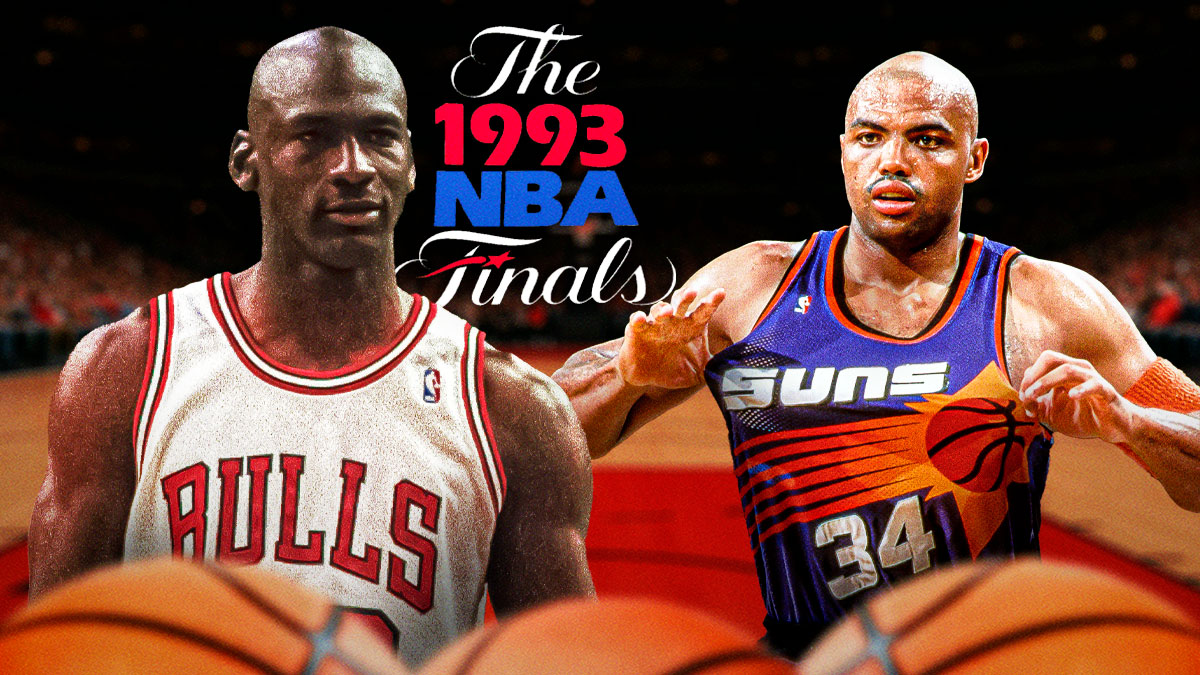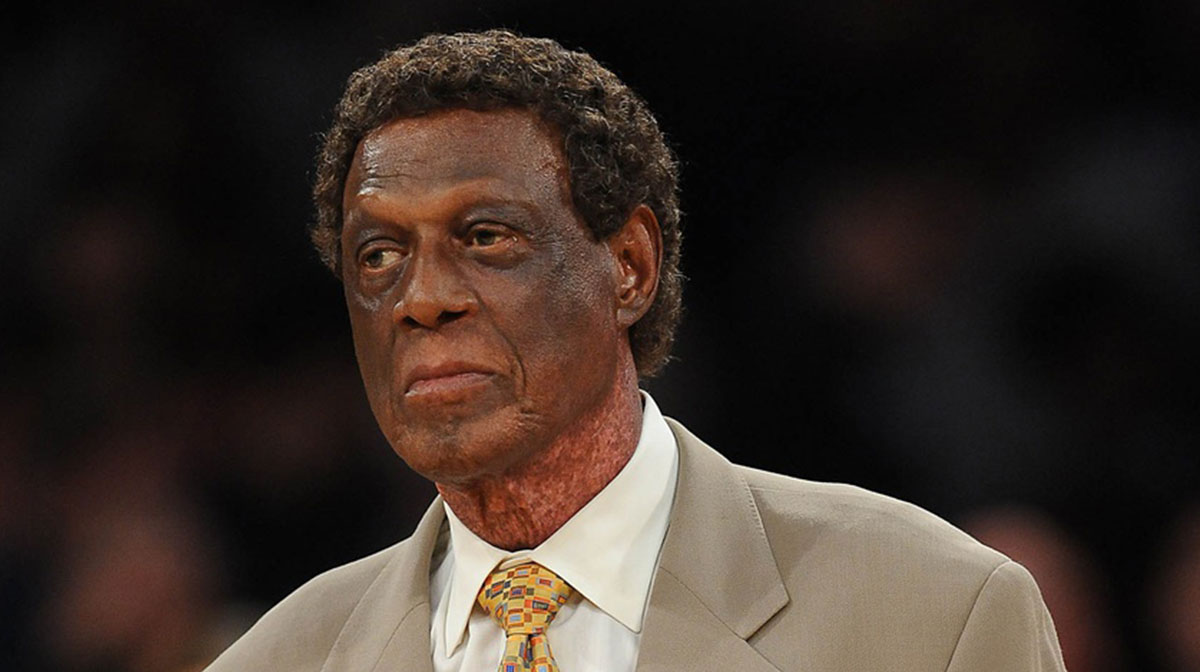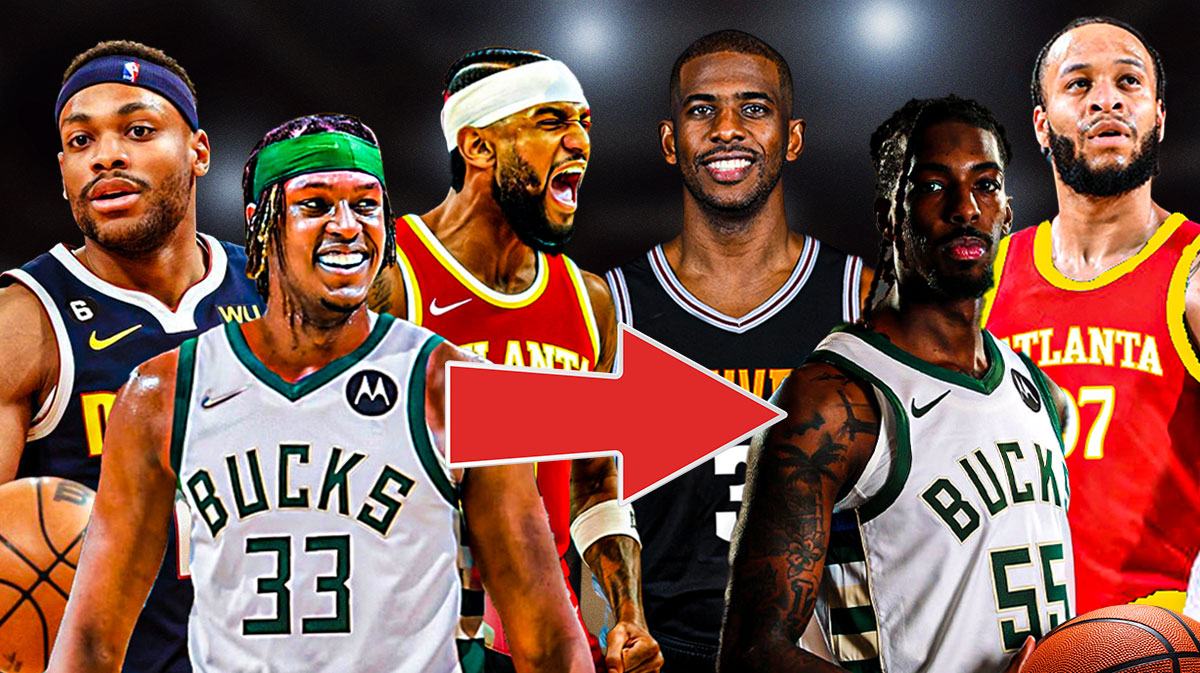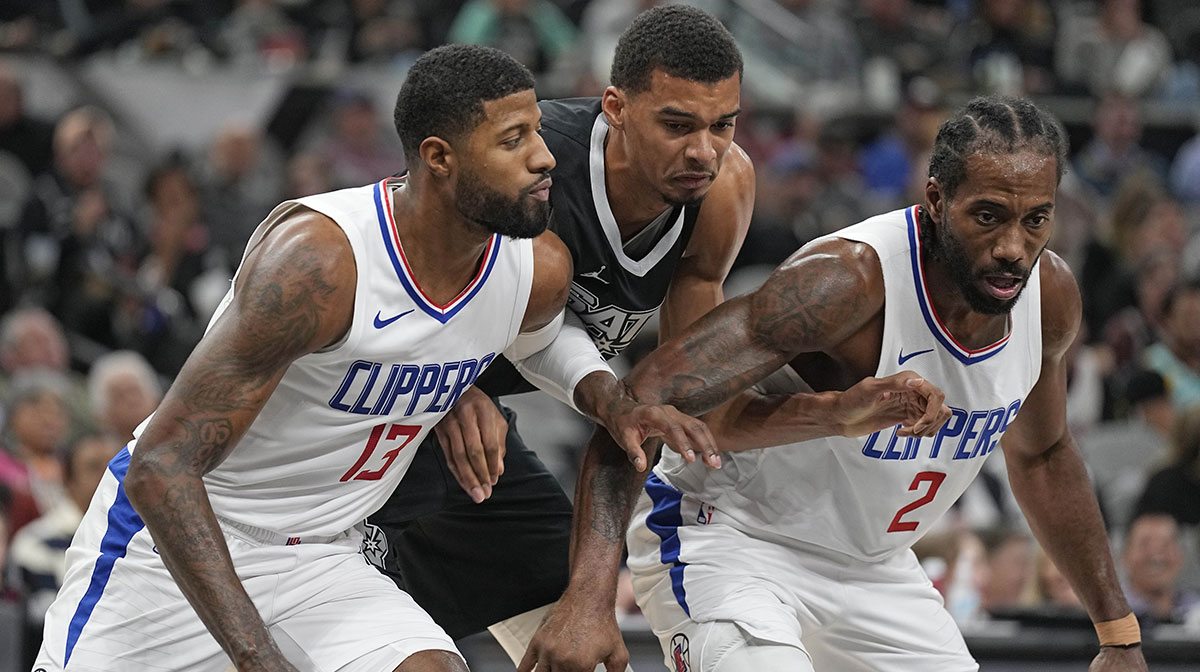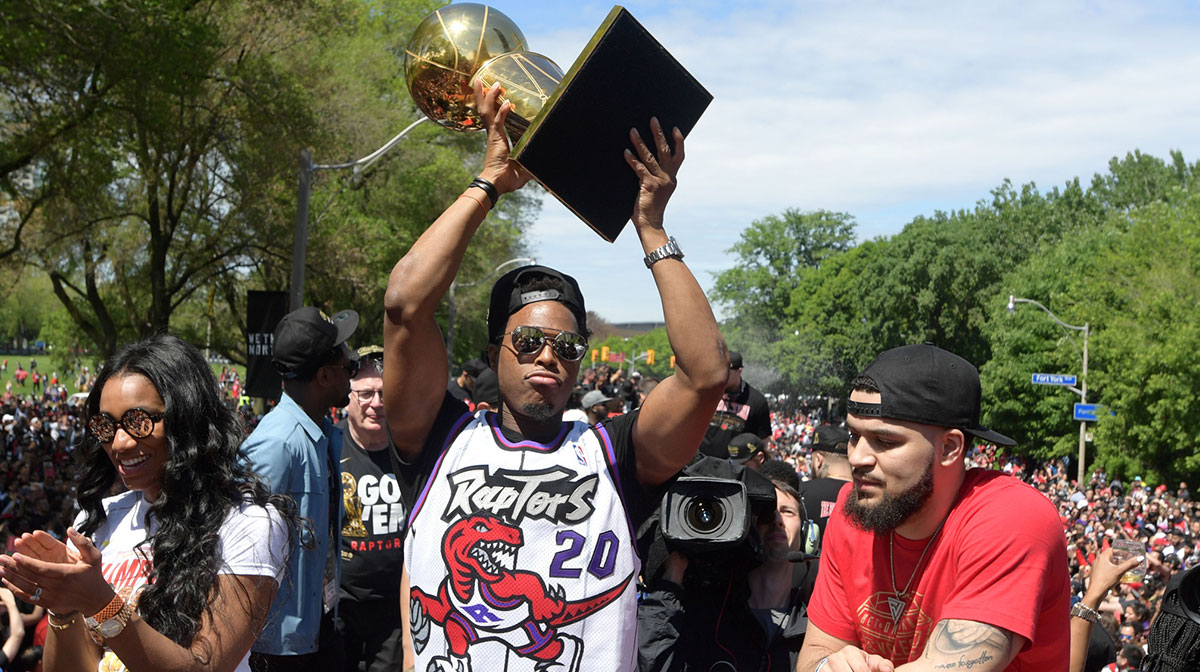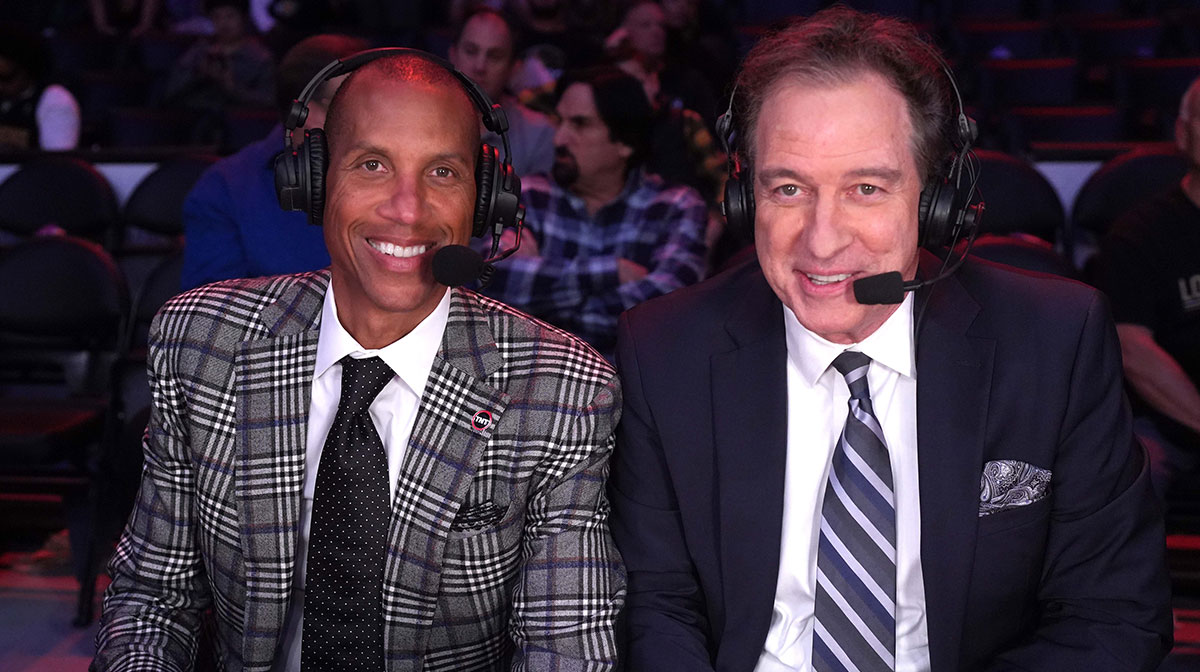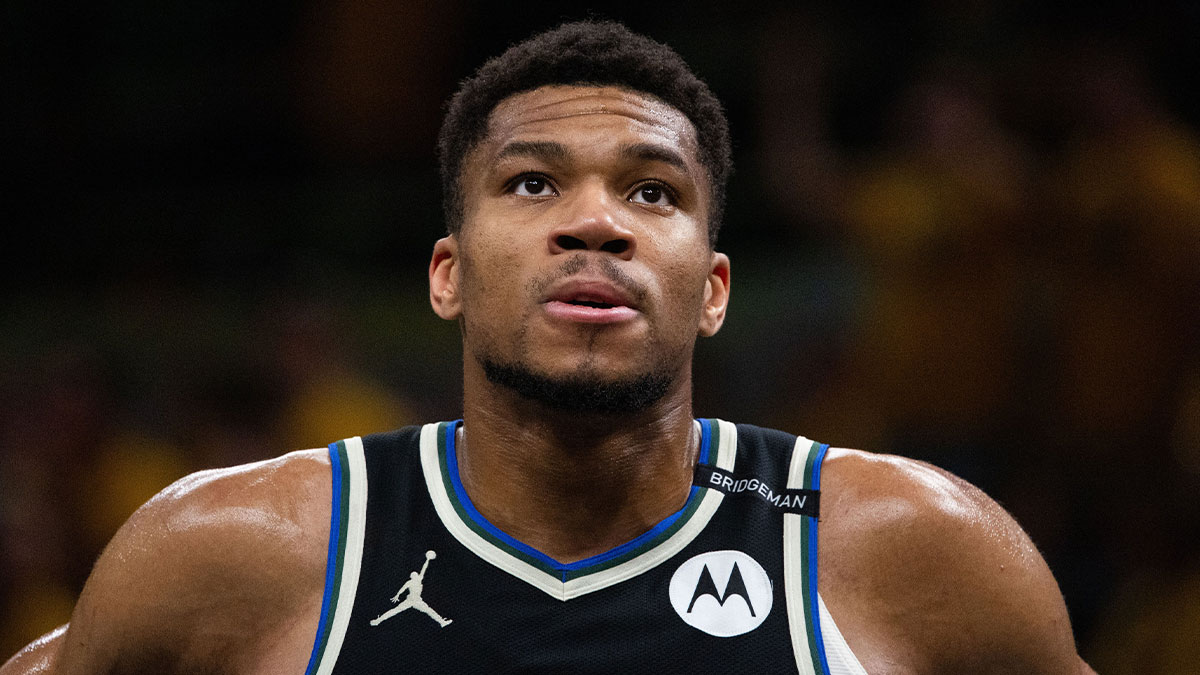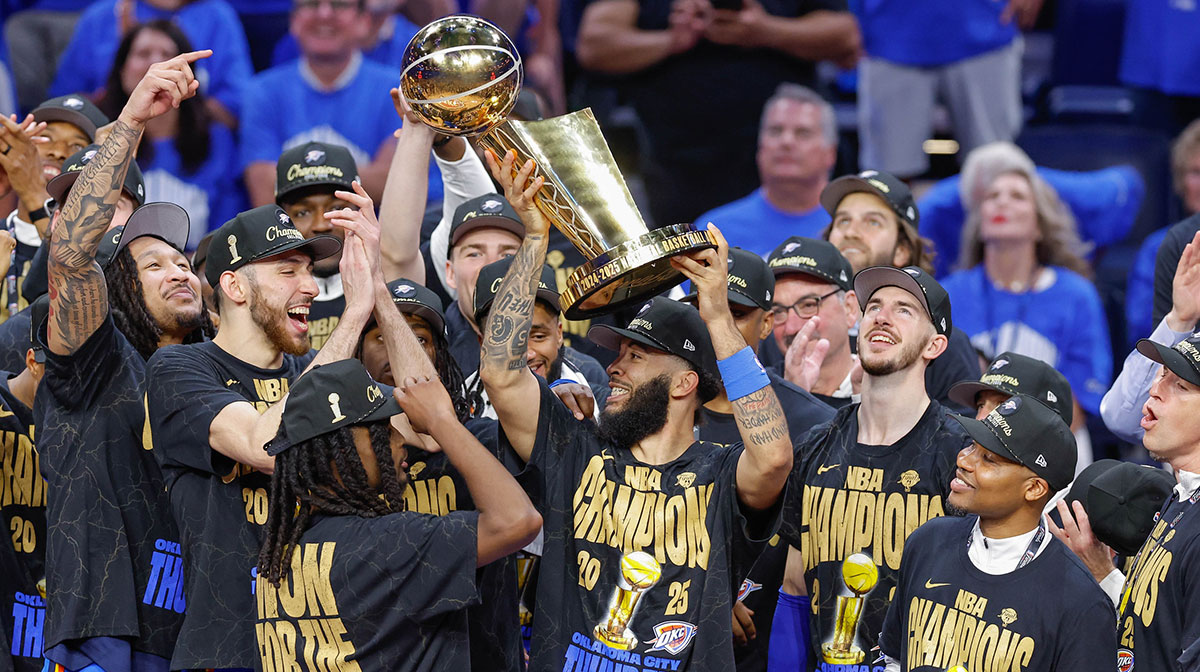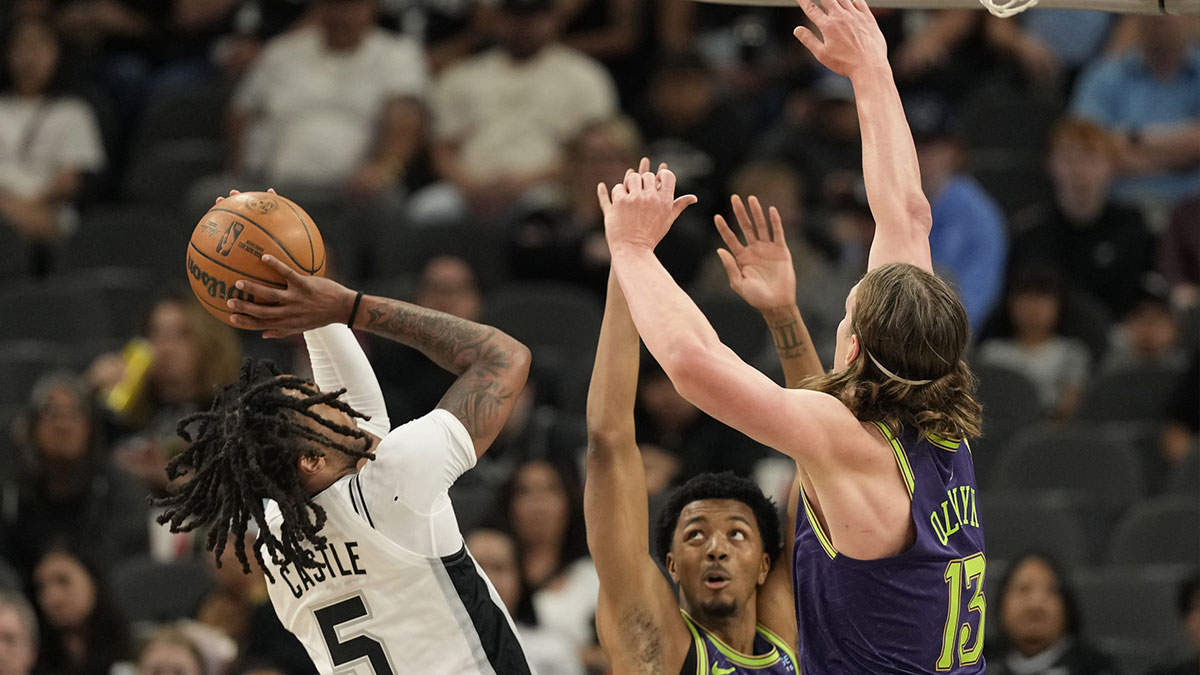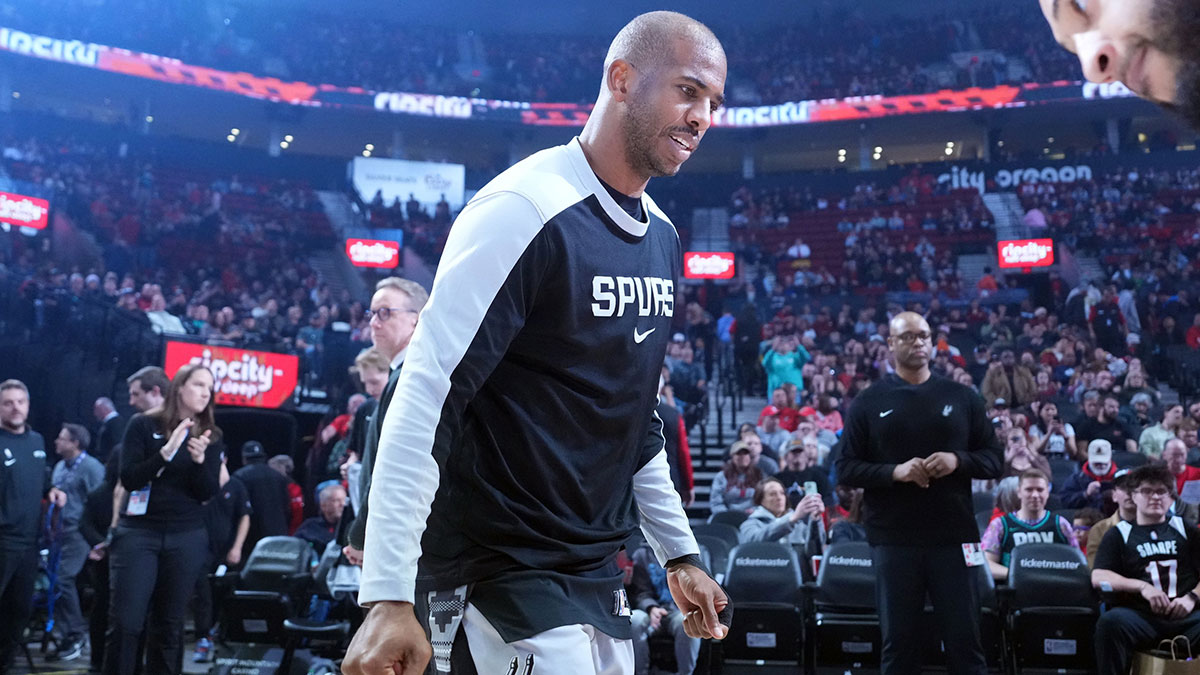Damian Lillard has been one of the best players in this year's playoffs. And he's been lighting up defenses.
In his first round matchup with the Oklahoma City Thunder, he scored 33 points a game on an efficient 46% shooting from the field, and 48% from three. In the second round against the Denver Nuggets, Lillard still scored at a high rate en route to a seven-game series win. But the Nuggets did a better job defensively, as Lillard averaged 25 points per game in the series on 41% shooting from the field, and only 29% from three-point land.
Still, Lillard posed a potential problem for every opposing defense, and the Golden State Warriors had their hands full in the Conference Finals. The Trail Blazers jumped out to leads of 17, 18 and 17 in Games 2, 3, and 4, respectively. They lost all of those games, though, and Dame ended up averaging 22.3 points a game in the series on a mere 37% shooting from the field, and a respectable 37% from deep.
In the playoffs, teams planned and centered their whole defensive focus around Lillard. Still, Dame throttled the Thunder, and negated the Nuggets. But the Warriors had a different defensive scheme that was able to contain Lillard enough to send them packing for the summer.
Let's dive into the different ways Lillard was being defended in the playoffs, and why the Warriors' scheme of trapping him worked:
Against the Thunder, Dame had his way. OKC switched on pick-and-rolls throughout the series, and if you let Lillard work one-on-one, he'll beat his man more times than not:
On the above play, Lillard gets a simple screen from Zach Collins, and the Thunder casually switch it, as is their game plan. Jerami Grant gets switched onto Lillard, and not too many forwards are going to be able to hang with Lillard on a drive, let alone contest his deadly step-back. As a result, Lillard creates space and gets an open look.
He got those open looks all series, but against Denver, the Nuggets played the him a little differently:
Here, when Enes Kanter comes to set the screen, Nuggets' defender Torrey Craig fights over the screen and chases Lillard. Nikola Jokic, who was guarding Kanter, drops down to contain Lillard on the drive and let Craig recover. However, Lillard is too quick and too crafty, doesn't let Craig catch up, and gets a step on Jokic to finish at the rim.
Denver's defense was more successful than OKC's, but Lillard still was able to score. It did succeed, however, in taking away the three, with a defender constantly fighting over the screen and pressuring Lillard from behind. But Dame did enough against the scheme to propel his team into a Conference Finals bout with the Warriors.
And this is where Lillard finally saw a defense that frustrated him. The Warriors used the trap against both Lillard and CJ McCollum all series long. Coming off of a screen, the Warriors would double-team Lillard immediately and force him to give the ball up. And Golden State always had defenders shading him and ready to help off of their man in case Lillard drove.
It's not the first time Lillard has seen the trap, and it won't be the last. In last year's playoff series against the New Orleans Pelicans, Lillard was trapped constantly by defenders like Jrue Holiday and Rajon Rondo. Here's what Lillard had to say on it:
“I’ve seen traps. Two years ago in the playoffs, the Clippers trapped me pretty hard. But usually when you see a trap, or people blitz a pick and roll, they fall out of it. They don’t stay.
…They’re making me give the ball up.
Like I said last game, the right play is to give it up and find the open guy. And like you said, to not allow them to completely take me out of the game. It’s either make that play every time or you’ve gotta take a tough one. And I think that’s the position they’ve put me in. It is what it is. I think this is a different coverage than I’ve seen in any point in my career.”
The Warriors followed a similar blueprint and trapped him constantly:
Here, with 50 seconds left in Game 3, the Blazers are desperate for a bucket. With Lillard coming off of a screen, both Klay Thompson and Kevon Looney trap him high, and they force Dame to get rid of the ball. He passes to McCollum, who nails the three off the dribble.
Even though they give up the shot here, the Warriors know that Lillard is the engine of this Blazers team. The teams goes as he goes. So if they can force Dame to give the ball up, especially in critical moments in the game, the Blazers don't have enough playmakers to make them pay. Outside of McCollum, and perhaps Evan Turner, there are very few players on the team who can create and make plays for others.
Their strategy paid off, as even with multiple big leads, the Blazers could never hold on down the stretch with someone other than Lillard having to make plays.
It was pretty obvious the Warriors intended to trap Dame throughout the series, so here, Lillard adjusts. He gets a double-screen, and with Looney not stepping up and trapping high, Lillard has enough space to just launch the deep three:
https://streamable.com/sow7d
Iguodala does an admirable job of fighting over the screens, but Looney wasn't in position to trap, and Lillard took advantage.
When the trap is executed, Dame almost always makes the right play, which is to pass out of it and create a four-on-three scenario. He does that here, and Evan Turner gets a floater:
https://streamable.com/pnydz
Coming off of the screen, Lillard is trapped high by Klay and Jonas Jerebko. Lillard passes out of the double-team to Turner, who's the release valve. And if players like Evan Turner were going to make plays like this all series long, the Blazers would've stood a chance. Here, Turner drives and gets the floater to fall.
At times, when the Warriors didn't trap forcefully, Lillard took advantage and could turn the corner to attack:
https://streamable.com/9jl75
On this play, Klay chases after Lillard, and it appears that Klay and Looney are going to trap, but Klay leaves, possibly presuming a switch. Lillard takes advantage of the space he has to turn the corner on Looney. The Warriors needed to trap high and pressure him to get rid of the ball immediately. They didn't, and Dame got the step on Looney on his way to the rim.
On this play, where Lillard separated his ribs in Game 2, it started again with a high trap. This time, Klay and Looney combine to trap Dame well:
https://streamable.com/atzrg
The pressure from Looney and Thompson causes Dame to lose control of the ball, and Looney falls on him diving for the loose ball. It results in a turnover, and an injury that Lillard has to play through for the rest of the series.
And it's that high pressure and trapping that's been frustrating Lillard. The ball is forced out of his hands, and the Warriors will live with other Blazers beating them.
And when the trap doesn't come and Dame is able to drive, the attention the Warriors pay to him is seen clearly. The Warriors always have players shading, ready to help in the lane. The stats here are revealing. Per NBA.com, Lillard averaged 15 drives per game in the playoffs, and shot 49% off of drives–a majority of which are likely floaters, layups, and step-back jumpers. But against the Warriors, Lillard still drove 14 times a game, but only shot 30% off of drives.
Ultimately, all the defensive schemes and strategy led to a Warriors sweep, and the Blazers', and Dame's, miracle ride has come to a swift end. Regardless of how this series ended, the playoffs reaffirmed that Dame is the leader of this team, as evidenced by reports that he's expected to get an extension for the supermax soon.
But if the Blazers want to take their team to the next level, Lillard will need more playmakers around him. Or else they'll be trapped on the verge of greatness, without ever reaching it.

